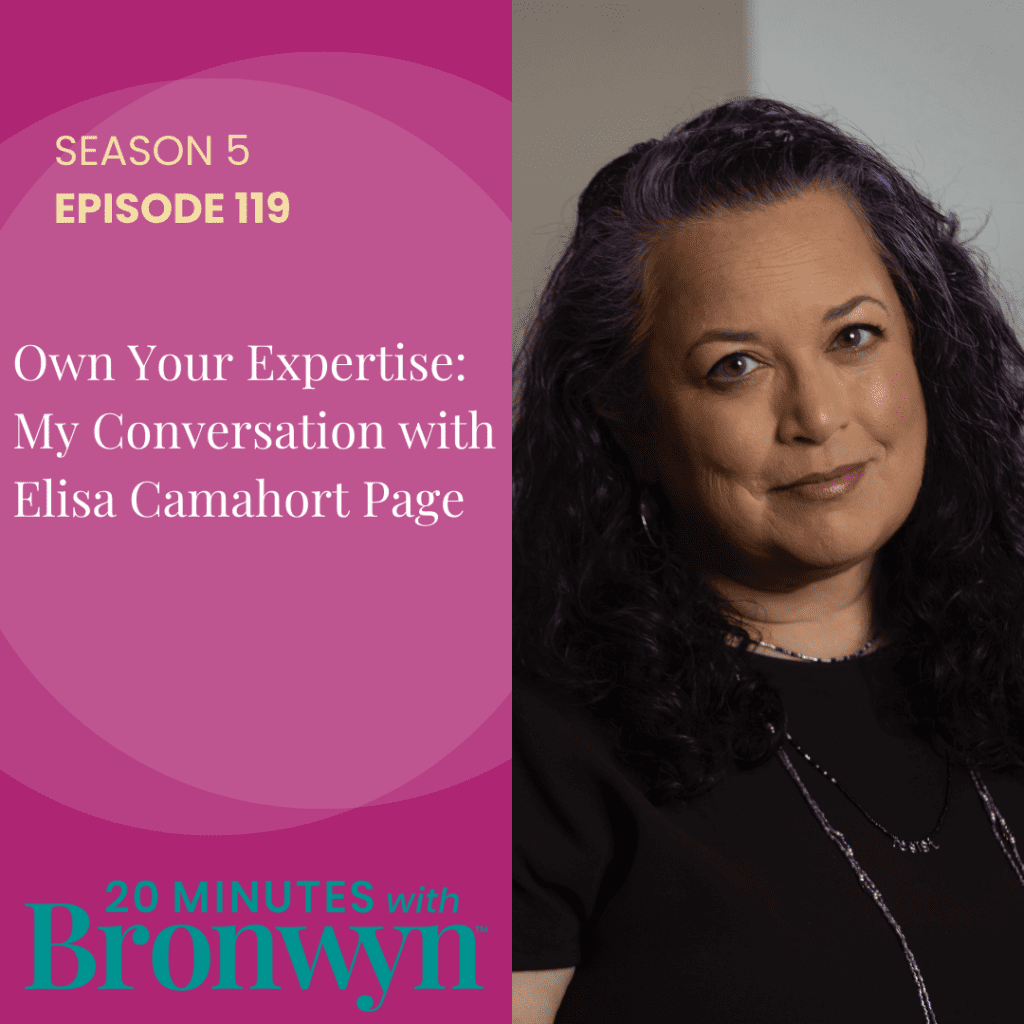
A friend of mine contacted me recently to help him gear up for a keynote he was giving at a big industry conference. He was in search of “inspiration” or to use his words, “somethin’ to believe in.” (This friend is quite fond of quoting Poison, which is why we are friends). Because he is naturally a VERY talented presenter, he didn’t immediately open an old deck and “save as.” He knew how precious the audience’s time was, and wanted to use it well. I sent him a few of my favorite TED talks, a collection of “Greatest Hits” if you will, to help get him into the right space. Just in case it’s useful to you, I thought I’d share. Now for those of you saying, “But I’m not ‘changing the world!’ I’m presenting on our market strategy. How can watching TED clips possibly help me?” Excellent question. Here’s what you can glean from each of these fantastic speakers.
1) The Power of Self Deprecation : Dan Pink – For anyone who has to give presentations, one of the hardest things is to decide “where do I begin?” I love studying how people “launch” their talks, and I love how self deprecating and funny Mr. Pink is in his intro. We are more than willing to go with him on this journey because he has shown his own humanity, vulnerability – and that is the key to “connection.” No one likes a presenter who seems to know all the answers all the time. What we may think of as “having it together” may come across to the audience as “thinks he/she knows it all.” And really, who wants to spend time listening to some blowhard that knows everything? I also LOVE how wound up he gets as he makes his case. Dan Pink knows how to use his physical space as well… check out how he moves to punctuate each point. For him this is pure instinct, but for those of us who need to work on movement as we present, he is a damn good example to follow. (Another great example along these lines is Jamie Oliver delivering his TED Prize Wish.)
2) Data Doesn’t Have to Be Painful : Hans Rosling – If you are a TED junkie as I am, you’ve probably seen this talk more than once. Dr. Rosling takes a topic (infant mortality in developing nations) and makes it bearable, and incredibly interesting. His presentation of statistics shows that not only can stats be interesting, even the grimmest of topics can harness the power of humor. If Hans Rosling can bring this kind of energy to the double whammy of statistics (boring) and infant death (tragic), then what can you do with your stats? 3) Relevance is Everything : Jill Tarter – One of golden rules of presenting is this: Make the content relevant. Sounds obvious, but you would be shocked at how infrequently this happens. In this TED prize winning speech, Dr. Tarter makes the search for extraterrestrial life relevant to us, here and now. Ask yourself, “What do I need to say to make this content hit home for every single person in this room?” Dr. Tarter does this in spades, and in such a poetic, lyrical way. Combine that with a pitch perfect pace of delivery, and you have magic on stage.
4) Push Your Audience : Sam Richards – You will either love this “Radical Empathy” experiment, or you will HATE it. Either way you slice it, this is storytelling at its best, and is a marvelous example of pushing an audience. Watch how he draws in the crowd. You could hear a pin drop. Ask yourself, “What might I say or do to push the audience into new territory? To make them lean forward? How can I create suspense and drama with this material?” And don’t tell me your material isn’t dramatic. Everything has tension, conflict, challenge. If it didn’t, you wouldn’t be working on it.
5) Humor as a Teaching Device : Sir Ken Robinson – What I love most about this talk is Robinson’s sense of humor. If you pay close attention, you will see that the rhythm of his content is this: Tell a funny story, then lay some BIG truth on the audience. Humor + Meaty Content. Repeat. The reason this is so powerful is that our brains love novelty. Humor is a form of novelty. (For those who aren’t funny, there are other options. Call me and we can discuss;). By starting each “big message” with a funny story, our brains snap back to attention if they’ve wandered. We are now ready to absorb a new piece of information. For those of you thinking, “I don’t have time for funny stories… I have too much content to deliver.” Well, here are your options: Deliver ALL of your content, and lose the audience OR deliver FEWER points, but make sure the audience GETS it. You decide which is waste of your time. *Important safety tip: “Novelty” or “Humor” has to be done in good taste. We are all adults here, so I’m sure you can decide what is ok and not ok.
The next time you get called to talk to a group, remember how precious that opportunity is and plan accordingly. Cross train. Don’t just think about the content from the narrow confines of your company, your department, your experiences. Get a taste of what is possible at a grand scale like TED, and then use that burst of creativity to do something in your own world. Godspeed, and let me know how it goes.















